Ishigaki Island: Diving and More
Just three and a half hours away from the hustle and bustle of Tokyo is a quiet, peaceful world of stunning beaches and excellent dive sites. Okinawa's Ishigaki Island lies 420 kilometers southwest of Naha, and is the main island in the Yaeyama archipelago, with colorful coral and blue transparent water all around. Its new airport opened in March 2013, bringing an increased number of direct flights from various regions across Japan, thus making the island a lot more accessible than before. Read on to find out more about the diving there and the island itself.
Diving in Ishigaki
Ishigaki is perhaps most famous for the manta rays that congregate in the surrounding waters. The best time of year to encounter these harmless giants is said to be between July and November, although they are frequently spotted year-round. Manta Scramble, just off the coast of Kabira Bay, is the most reliable place to see them, as they come here to feed on plankton and be cleaned. The show begins about 10 meters behind a cluster of rocks and coral heads. Within moments a figure appears in the distance and starts drifting closer and closer while divers look up in awe. Soon it’s followed by another, and then another. One by one they come, swooping in from all sides, hovering overhead and gliding slowly past.
This time I didn’t get lucky with the manta rays, but Ishigaki’s waters are still full of life, and with the help of guides it’s easy to navigate and find a range of coral reef inhabitants. Osaki Hanagoi Reef (or Anthias Reef) is a steep sloping site that gradually becomes rockier the deeper you go. The site is named after the anthias fish synonymous with tropical reefs. With almost no current, it’s ideal for beginners. Tropical species such as sea goldies and white-rayed shrimp gobies dart in and out of the corals, while honeycomb moray eels and leopard morays remain on guard, poking out from below. If you keep your eyes peeled you can also spot some harlequin shrimps peering out from behind the small rock formations, although watch out for the poisonous lionfish that often lurks around here too. In just a few meters of water is another surprise: a show of flirtation, courtship, competition and mating, because January is when the cuttlefish begin to spawn. As they deposit their eggs on the coral, they’re perfectly happy to swim close to divers, so cameras are an absolute must!
Mash 1 and 2 are two dive sites named after huge mushroom-like coral structures that lie a little below 10 meters deep. What’s striking here are the sprawling table corals that mix with star and brain corals, forming a dense coral carpet that spreads for miles. The dives here generally average between 6-8m so plenty of time can be spent underwater, where there is a range of macro life, so fans of small critters will want to pay close attention. Sea snakes (deadly if you are bitten but otherwise quite gentle) roam in and out looking for food, and the sites are also quite good for finding tiny and unusual nudibranchs. If you head a little deeper than 10 meters and visibility is good, don’t forget to look up at the clouds of yellow clown gobies, blennies and pipefish over the coral, lighting up the water.
Dive School Umicoza can arrange all dives, accommodation and return flights from Tokyo. English-speaking dive guides are available. See the school’s website for more information.
Kabira Bay
The waters of Kabira Bay are said to be the brightest in Okinawa. One of Ishigaki’s most popular beaches, it’s famous for its emerald water, fine white sand and cultured black pearl industry. Swimming is prohibited here because of relatively strong currents and the black pearl cultivation (those wishing to swim should head to nearby Sukuji beach), but visitors can board a glass-bottomed boat to look at the marine life, coral and pearls below. A 30-minute trip costs around ¥1,000. On the headland is a small shrine with expansive views of the bay. Next to the bay is a small pearl showroom explaining how the black pearls are cultivated.
The City
The city is a huge contrast after hectic Tokyo, with a laid-back, friendly atmosphere and a covered market (Yugurena Mall) where you can try sugar cane candy and salt ice cream or buy some fruit, vegetables, handicrafts, clothes and souvenirs. On the topic of food, a trip to Ishigaki wouldn’t be complete without sampling Yaeyama soba noodles. These are made from wheat flower and come in a mild pork-based soup garnished with pieces of kamaboko fish cake, green onions and pork. Check out Yumenoya (夢之屋) near the bus terminal in the city center for a set meal featuring Yaeyama soba, Okinawa’s famous goya champuru (stir-fried bitter melon) and shima-dofu (island tofu).
The Deets
Getting There: Direct flights are available with JAL and ANA and take about three and a half hours from Tokyo’s Haneda airport.
Getting Around: Umikoza offers pick-ups and drop-offs before and after dive,s but if you have some free time and wish to explore a bit more of the island, hiring a car is the best option. One outlet is located right next to the airport and prices start at about ¥3,000 for a 12-hour rental. The Kabira bus line from the city center to Kabira Bay takes about 45 minutes, and a five-day bus pass is available for ¥1,000.
Where to Stay: If you book your dives and flights with Umicoza, the staff will also find you a place to stay. Depending on whether you wish to stay in the city center (about a 30-minute drive from Umicoza) or Kabira Bay (a 5-10 minute drive from Umicoza), Hotel Grantia and Kabira Koen Chaya are good options. Located relatively close to Ishigaki airport, Hotel Grantia is very convenient for visiting the city. On a clear day there are views of Taketomi Island, four kilometers south of Ishigaki. Restaurants and bars are all within walking distance, and free parking and a buffet-style breakfast are available. Kabira Koen Chaya (tel: 0980-88-2210) is a basic Japanese-style inn about a minute’s walk from a lookout point offering stunning views of Kabira Bay. Rooms and other facilities are basic and a little run down, but the family that runs the inn is extremely friendly and provides good hearty breakfasts and dinner with a nice balance of rice, miso soup, fish and vegetables. During the day the inn is a restaurant serving Yaeyama soba and other meals.
More Information: For further details on diving in Ishigaki and the options available, contact Dive School Umicoza by calling 0980-88-2434, or visit the school’s official website.

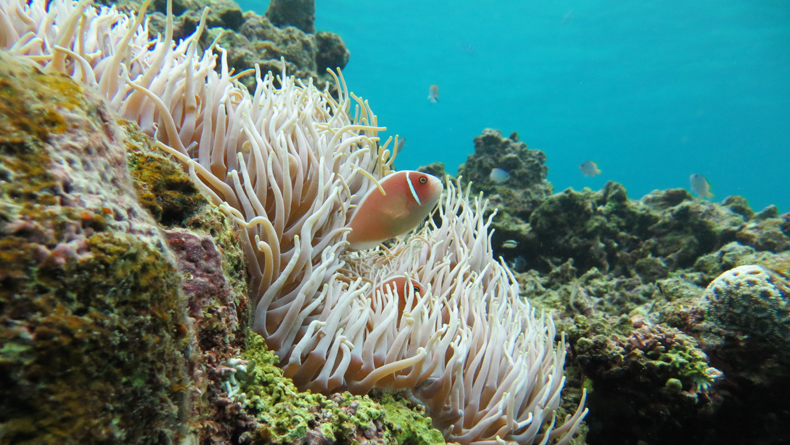
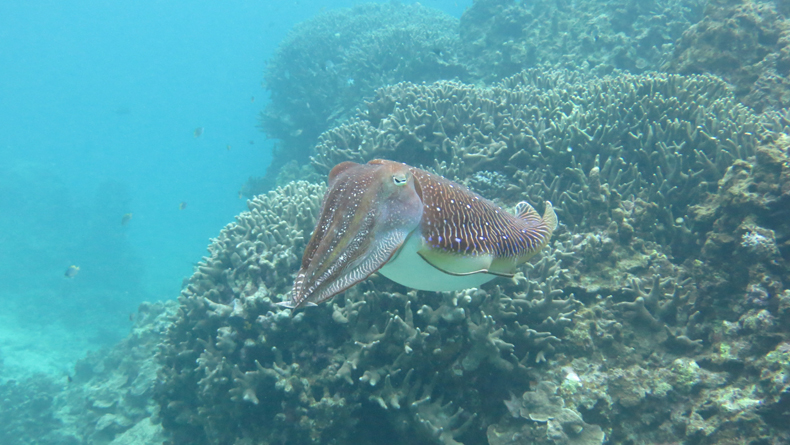
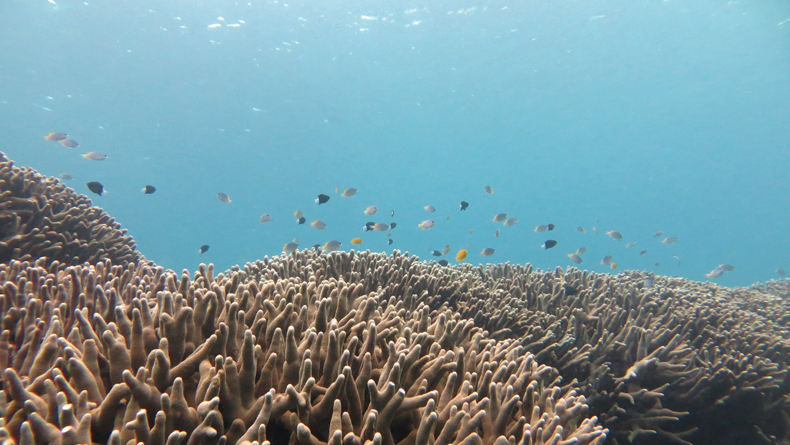
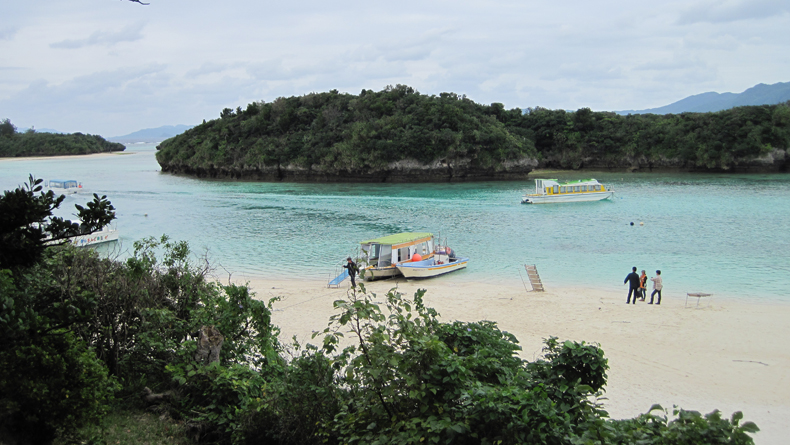
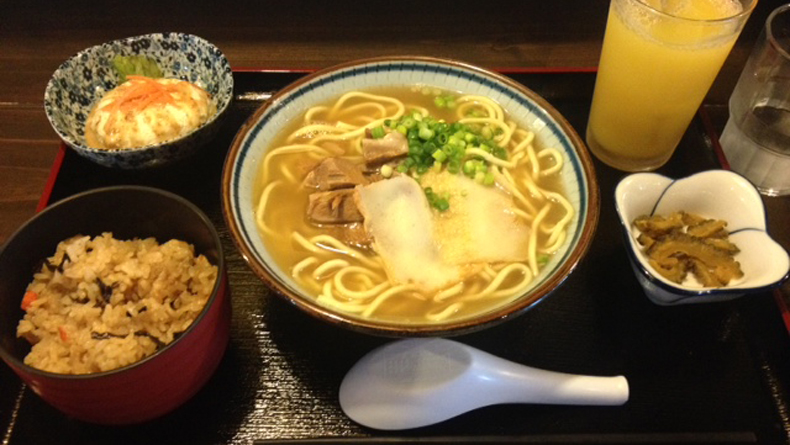
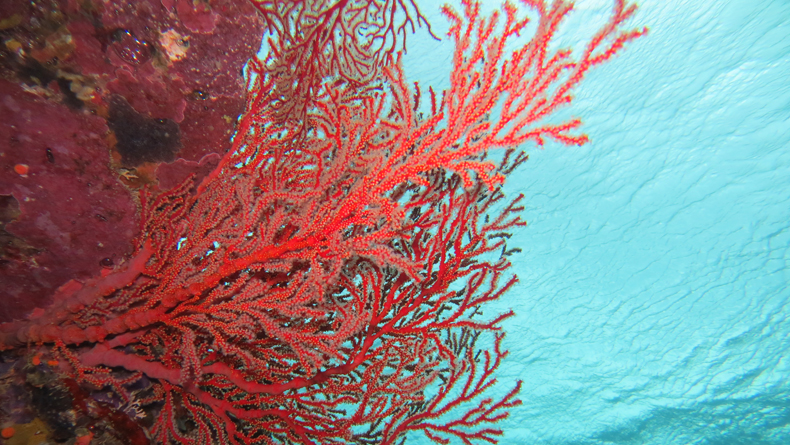











Leave a Reply